
Articles by Spring Creek Outdoors, LLC
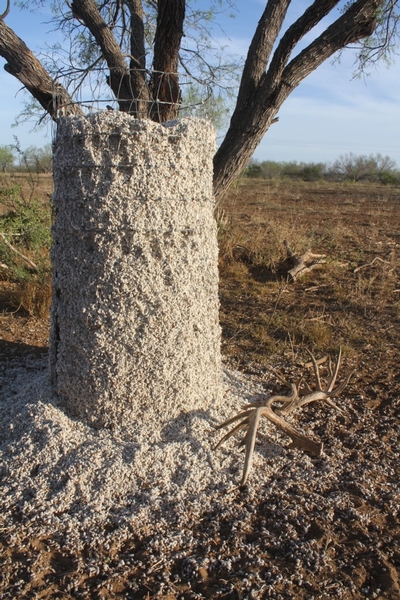
Cottonseed
January 11, 2022 by Macy Ledbetter
I often get asked about wholeseed cottonseed as an alternative whitetail deer feed. It has gained in popularity in recent years and here is what you need to know:
Read More
TPWD Proposed Rule Changes related to CWD and Suspension of TTT Permit
October 26, 2021 by Cathy Ledbetter
Your help is needed NOW!
Re: TPWD Proposed Rule Changes related to CWD and Suspension of TTT Permit
The deadline for commenting on the TTT rule change is November 3, 2021 at 5:00 pm.
Read More
Land Management Gets a New Look with Mobile Map Annotation App
March 07, 2021 by Arc News
Spring Creek Outdoors, LLC, is a 15-year-old wildlife and habitat consulting company based in Texas. Its offerings include conducting wildlife population assessments, making harvest recommendations, hosting seminars, and doing appraisals, but its true focus is on education. When the company first began employing ArcGIS technology in 2017, for instance, it used the software to create visualizations that helped teach landowners and land managers how to better understand their properties, as well as how to provide the support their lands needed to thrive.
Read MorePodcast: Untamed Heritage with Larry Weishuhn and Ken Milam - Anthrax
May 05, 2020 by Macy Ledbetter
Macy joins Larry Weishuhn and Ken Milam on the Untamed Heritage Podcast to discuss anthrax in Texas.
Read MorePodcast: How Cottonseed Can Help Grow Bigger Bucks
May 04, 2020 by Macy Ledbetter
Macy joins the WildBuck podcast to discuss the many questions associated with using whole cottonseed as a supplemental deer feed.
Read More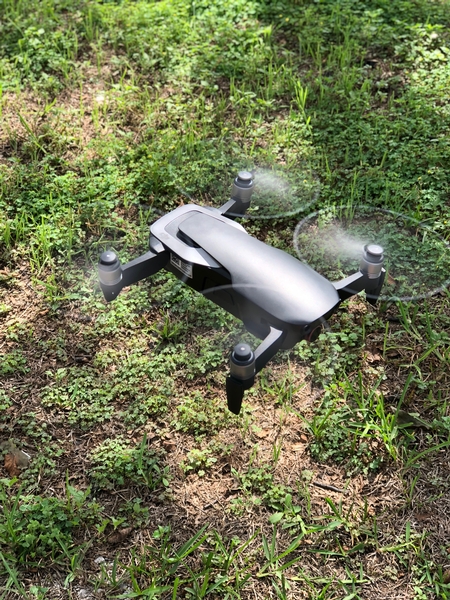
What You Need To Know About Drones
April 20, 2020 by Matt Nuernberg
What You Need To Know About Drones
Over the past twenty years there have been huge advances in all forms of technology and it is no shock that major improvements have been made to nearly every type of hunting and fishing equipment. As a boy I remember walking behind my dad following a blood trail after dark with a Maglite the size of my forearm, and today I own several flashlights that take up less room than a candy bar with battery life and brightness that far exceed the trusty old 4-Cell D Maglites. As a young kid I often thought about how nice it would be to call a helicopter to look for a wounded deer instead of walking through a forest of prickly pear that I was not yet tall enough to see over. With the relatively recent availability, and affordability, of small unmanned aerial systems (sUAS) or drones, the idea of looking for animals from the air is suddenly a realistic option. With that being said, it is not legal for the average person to do so in Texas, but we’ll get into that shortly.
Read More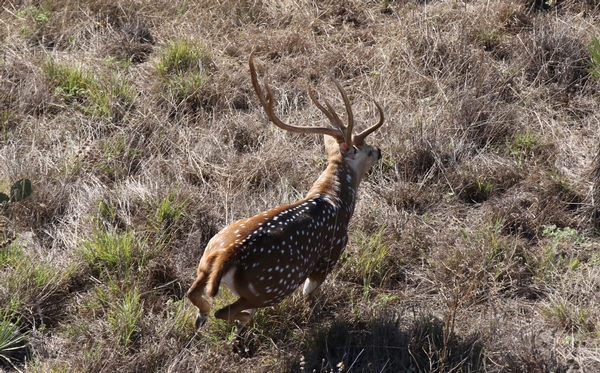
The Shift
April 18, 2020 by Macy Ledbetter
I have been a huge fan of whitetail deer ever since I can remember. I learned to hunt them with my father as he carried me into the woods and up to his favorite tree stands to sit with him.
Because of my upbringing chasing whitetail deer, I decided to make a career out of them. I ate, drank, slept, dreamed and chased anything and everything to do with whitetail deer. I subscribed to every deer related magazine and I pushed lawnmowers hundreds of miles to help pay for each subscription. My passion became my schooling and my schooling became my career and for that I have been extremely blessed.
Read More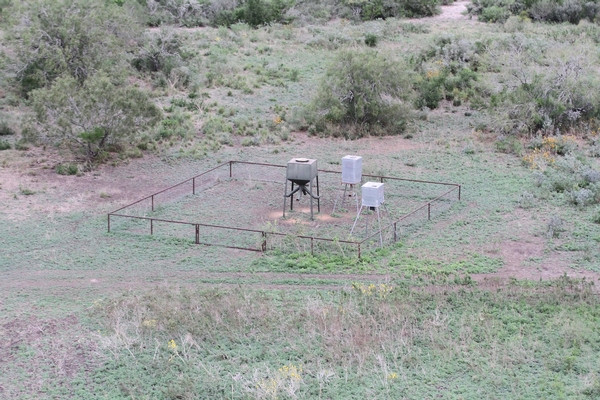
Feed Pen Design
April 18, 2020 by Macy Ledbetter
One popular question I receive regularly is about feed pens--particularly size and design. In my nearly thirty years of working with a wide range of ranches throughout Texas, I have seen just about every type imaginable and have some solid conclusions based on their performance and results. The idea behind a feed pen is to allow access to those animals you wish to attract and feed while excluding those that you do not. Animals to be excluded typically include feral hogs, javelina and domestic livestock such as horses and cattle.
Read More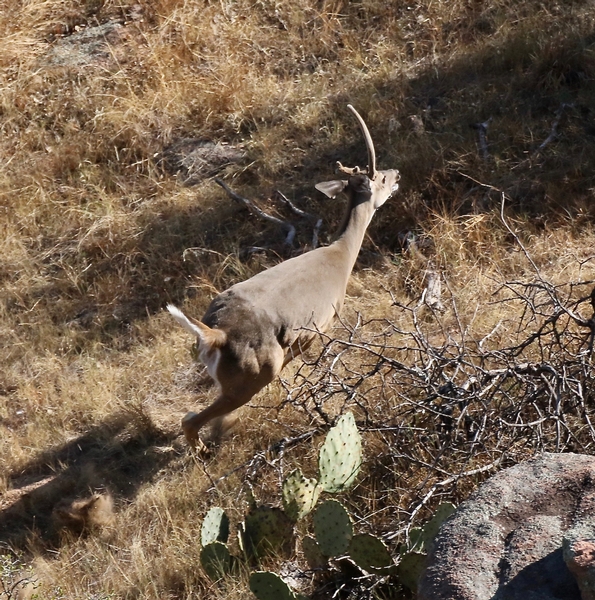
Velvet Antlered Bucks in the Fall
April 17, 2020 by Macy Ledbetter
I receive dozens of calls each fall from concerned hunters from central Texas, more specifically Llano, Gillespie, San Saba, Burnet and Mason counties about seeing or harvesting late season velvet antlered bucks. The condition is called hypogonadism and it affects male deer primarily in the Central Basin, or Llano Uplift ecological area. These areas are rich in granite gravel soil types and this condition tends to show up in numbers in these general areas in drier years. I have seen it outside of this area, such as this mule deer buck I harvested last fall in Jeff Davis County near Fort Davis, but it is very prevalent in male whitetail deer in central Texas.
Read More
Two Survey Methods In Great Detail
April 17, 2020 by Macy Ledbetter
If you are a practitioner of deer management and have been reading this publication very long, then you are well aware of the importance of deer surveys. Deer surveys are surveys, not inventories, meaning we likely will never know exactly how many deer are on your property nor do we need to know that exact number. Deer typically don’t want to be counted and game fences do NOT contain all of them, despite common perceptions. So a survey is done each year at approximately the same time and by the same method so that any changes in the data must be from the deer themselves. A survey is meant to provide estimates, ratios, and percentages and then used to apply harvest pressure to alter those numbers into the desired direction and levels. Texas Parks and Wildlife Department offers specialized permits to assist qualifying landowners and those permits are based on survey data. So know that survey data is mission critical for results-oriented management as well as specialized state issued management permits. TPWD has a list of approved survey methods and the three most used methods for whitetail deer include spotlight, trail camera, and helicopter. Each method has specific guidelines to be used in order for the data to be of value, but each technique also has advantages and disadvantages. For this article’s purposes, let’s look only at the spotlight and the helicopter survey method.
Read More
Axis Deer Are On the Move Near You
April 17, 2020 by Macy Ledbetter
Axis deer, or chital, or the large white spotted “fawn-looking-but bigger” deer are usually found behind high game fences—but not always. The axis deer is originally from India and was imported to Texas around 1932! This beautiful red coat with white spots and large white throat patched cervid grows antlers just like our familiar whitetail, but each antler typically only has three points per side! The beams are long and may extend upward nearly three feet off his head with a top tine creating a fork and a long brow tine jutting straight out near the head similar to an elk. Only the males have the antlers but both sexes’ coats looks the same. Seeing axis for the first time, many folks think they look like a giant whitetail fawn based on their familiar camouflage pattern.
Read More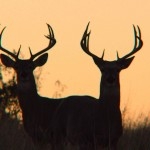
Density
December 28, 2019 by Macy Ledbetter
Density is defined as “the amount of something per unit of measure”. The density of cattle and deer on a property are the primary factors influencing the overall production of the ranch. It is a balancing act to match the animals with the ever-changing food supply of the property. A progressive manager must react in an efficient manner if continued success is to be realized during the good and bad habitat times.
Read More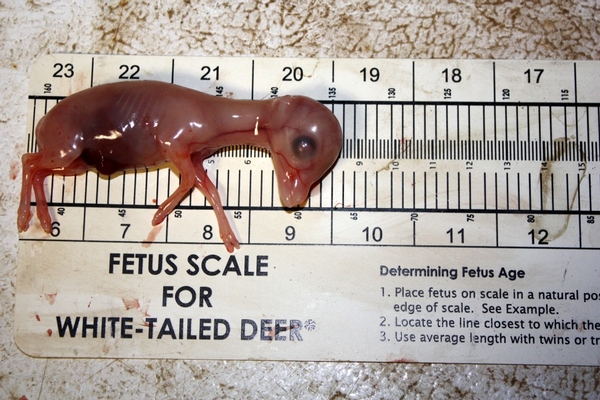
How to Determine the Rut Peak on Your Ranch
August 12, 2019 by Macy Ledbetter
Have you ever wondered exactly when the peak of the breeding season occurs on your very own hunting grounds? Are the hunting magazine articles too general and not specific enough for you? Have you read the TPWD brochure showing the eco-region peak breeding dates? All of these offer great information but some folks desire much more specifics for their own ranches. Continue reading for more information and details to help you determine the peak of the breeding season on your very own ranch.
Read More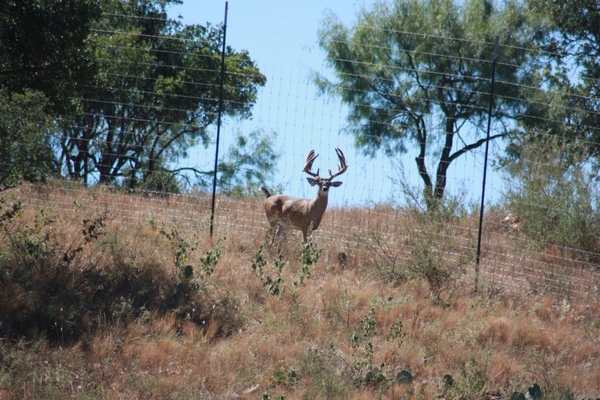
High Fences are Tools
April 22, 2019 by Macy Ledbetter
High fences are tools, just like low fences are. Heck, FENCES are tools, regardless their height, material used, thickness, cost, color, or design. Just like a screwdriver, hammer, or nail, either one is used to help get the job done that the operator desires. If you want to stick two boards together, why use a tape measure? Why not use a nail and hammer? If you want to keep the deer on your property and your neighbor’s deer out, why not use a high fence? If you are only interested in keeping your cows out of the bar ditch, why don’t you build a low fence? Why don’t you build a cinder block fence and not just a net wire fence? Why use barbed or slick wire? Why metal and not wood? Why not rocks or mud?
Tools, that is all they are.
Read More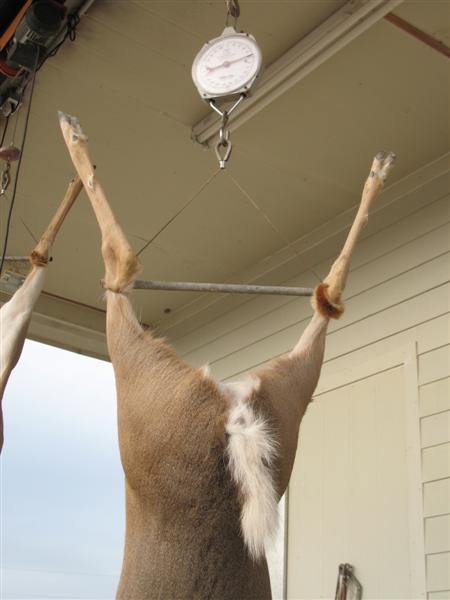
Harvest Data: Why Is It Needed?
January 24, 2019 by Macy Ledbetter
Harvest data collection is a real necessity of any deer management program. It tells you about the current and past health history of your herd. It helps establish trends in antler and body production. It gives you averages and percentages. It allows you to separate out portions of your deer herd for closer scrutiny and evaluation. It takes out the emotion of the hunt and the eye appeal of the antlers. It is black and white and it is objective.
Read More